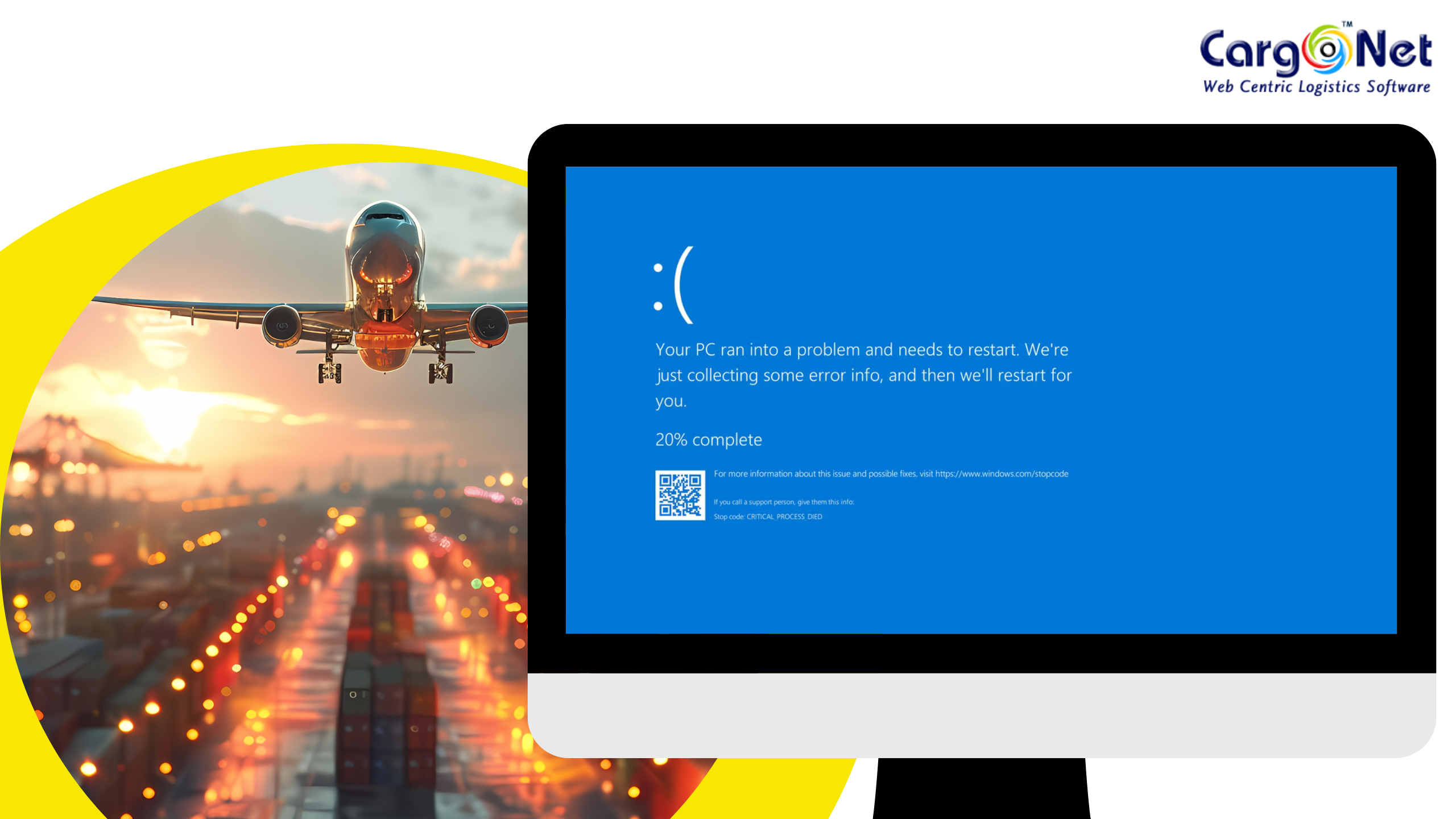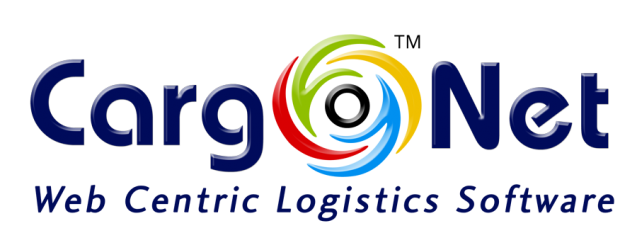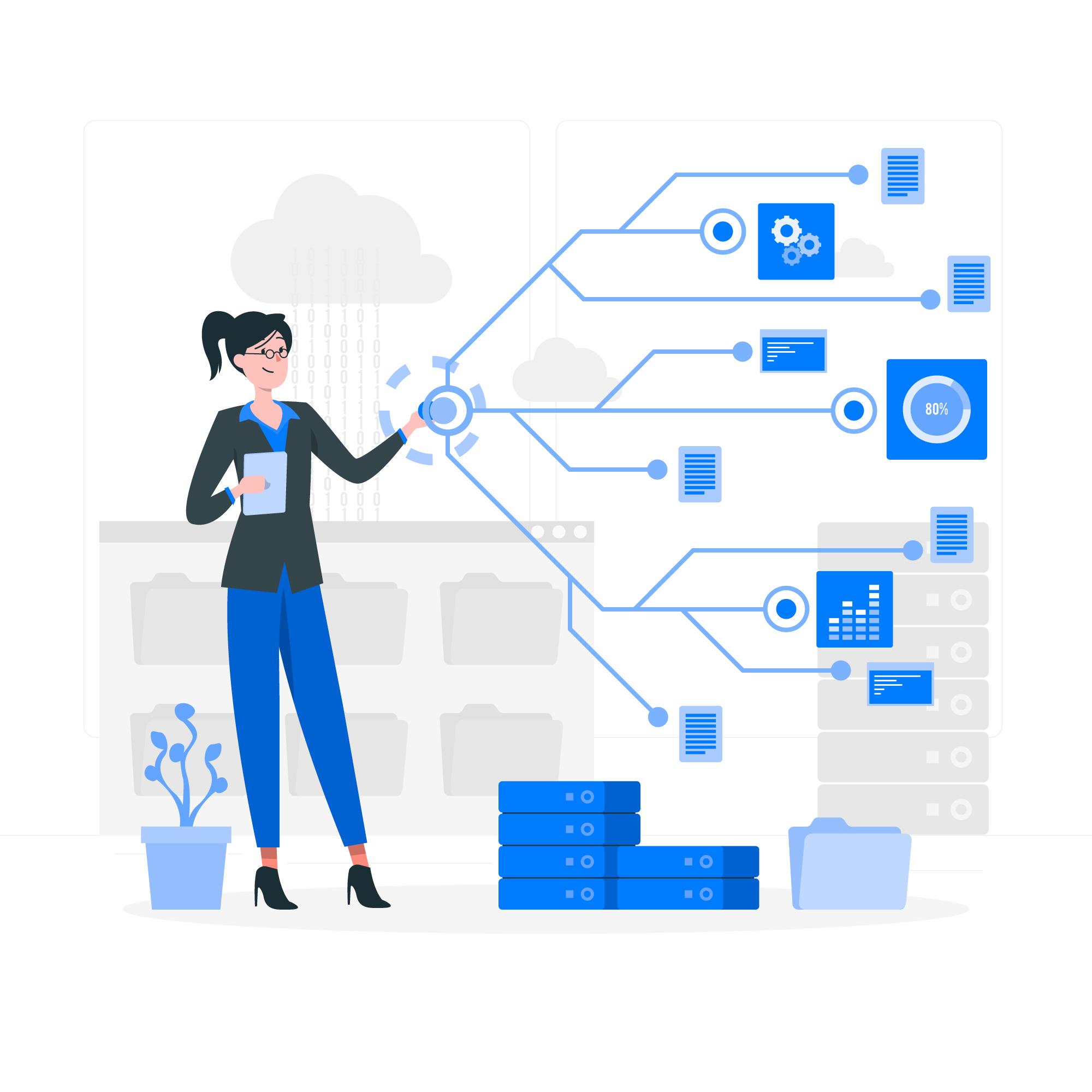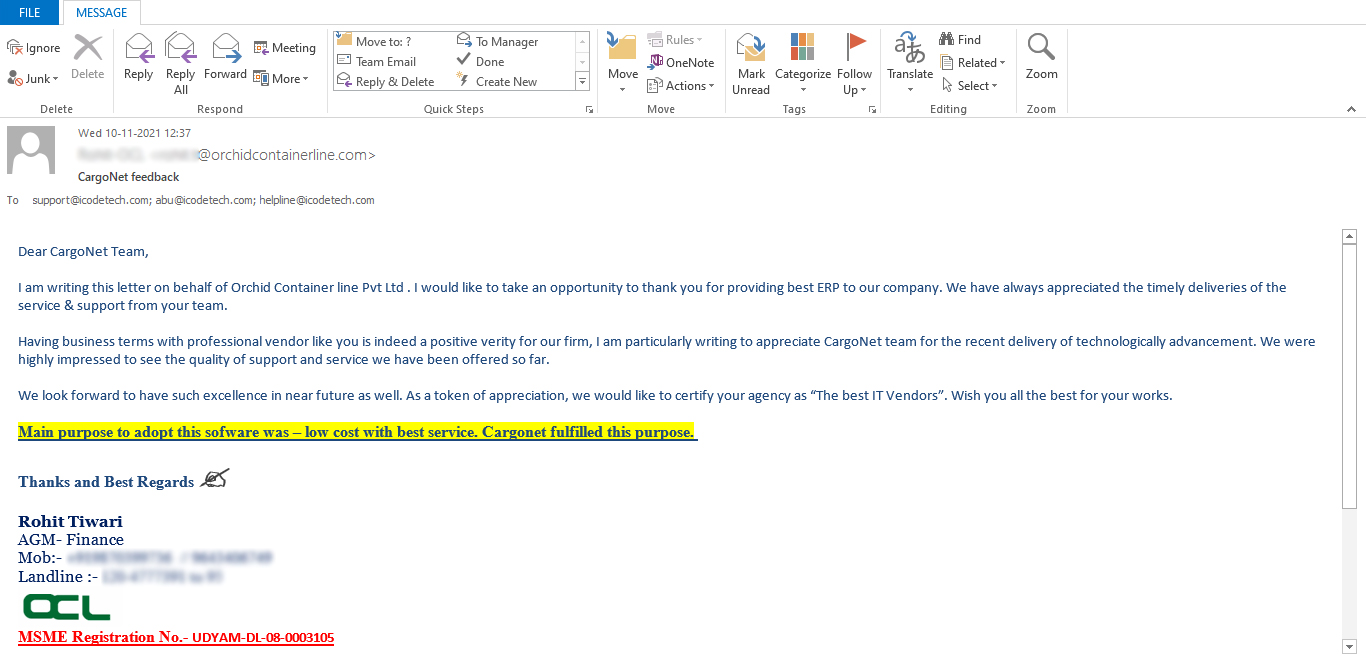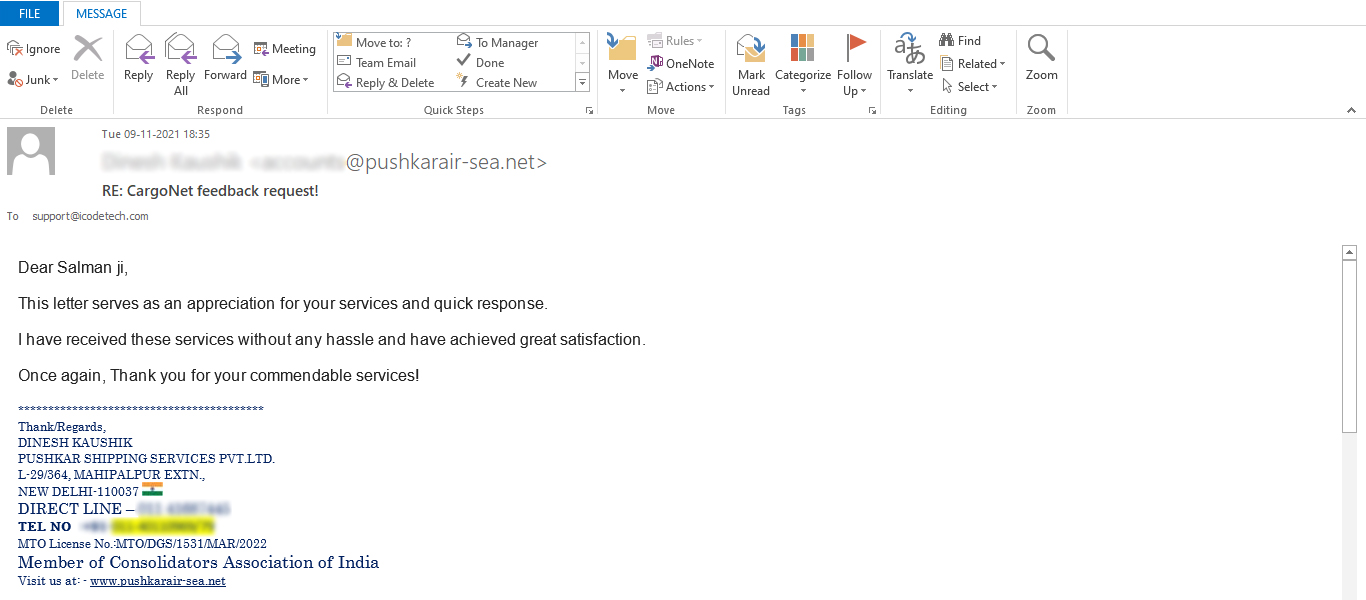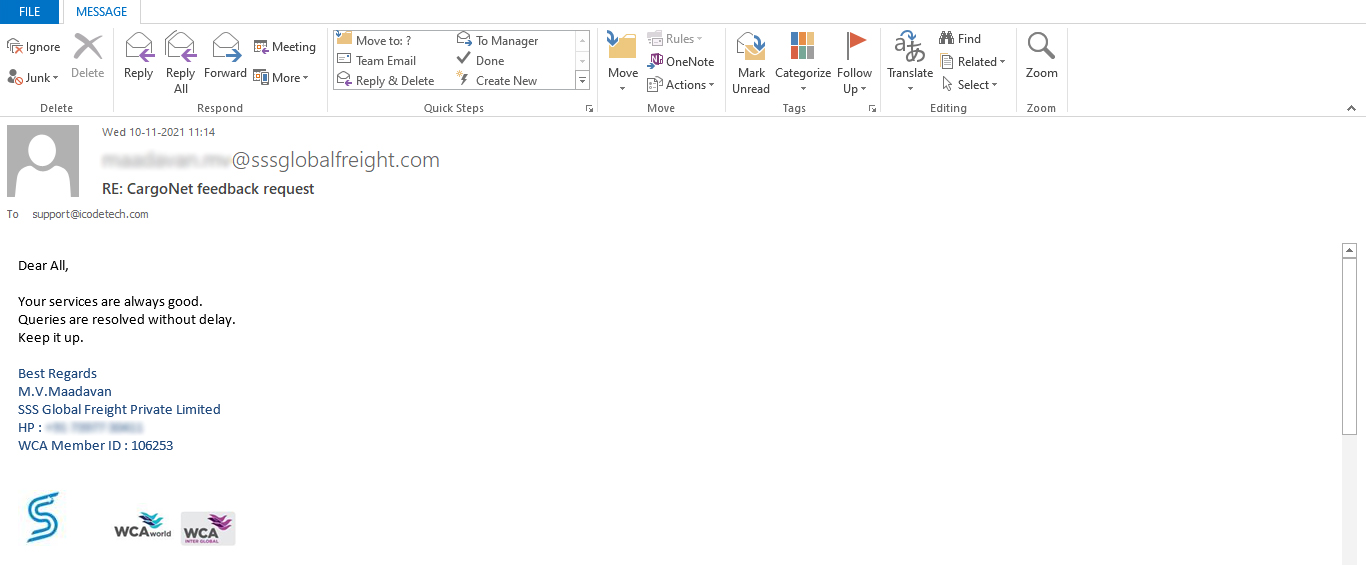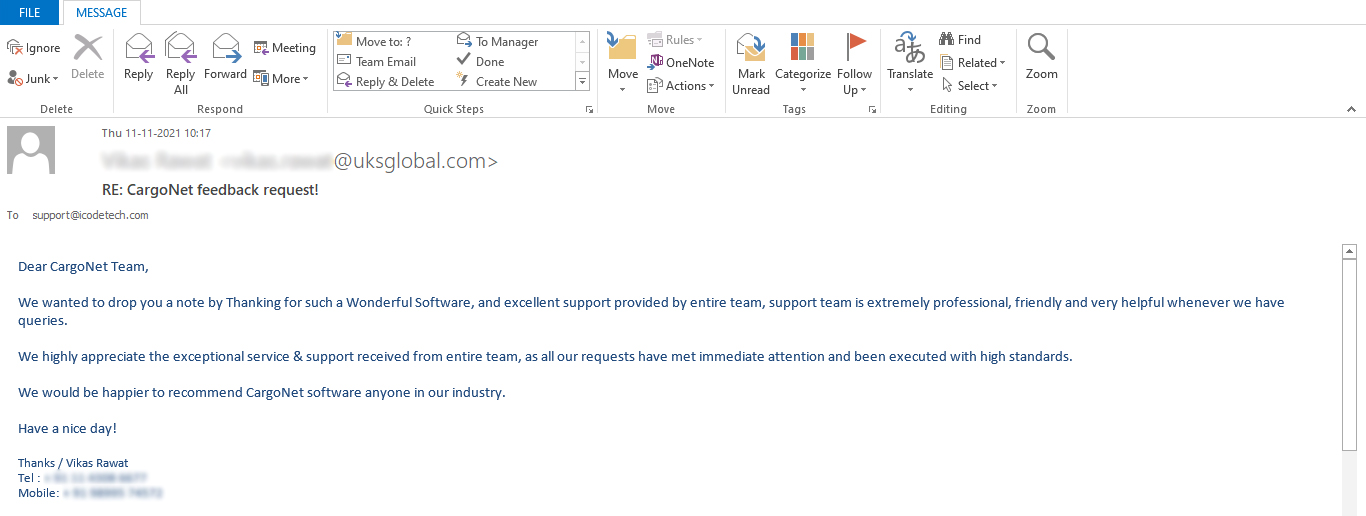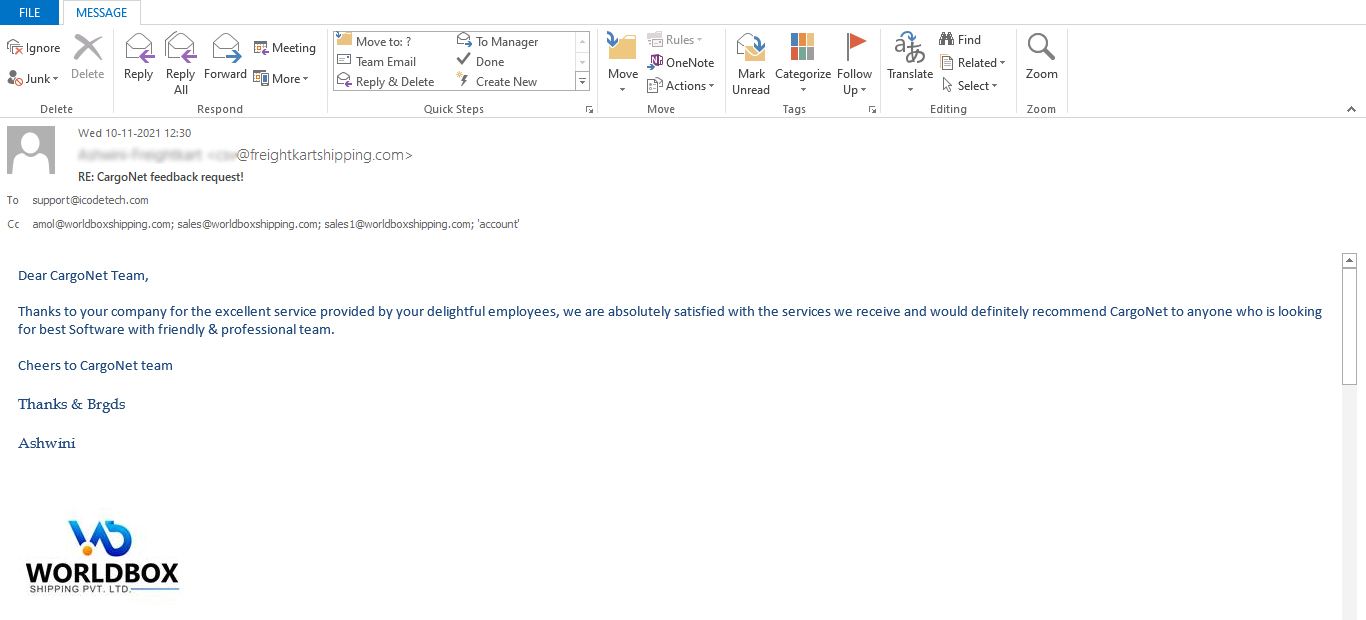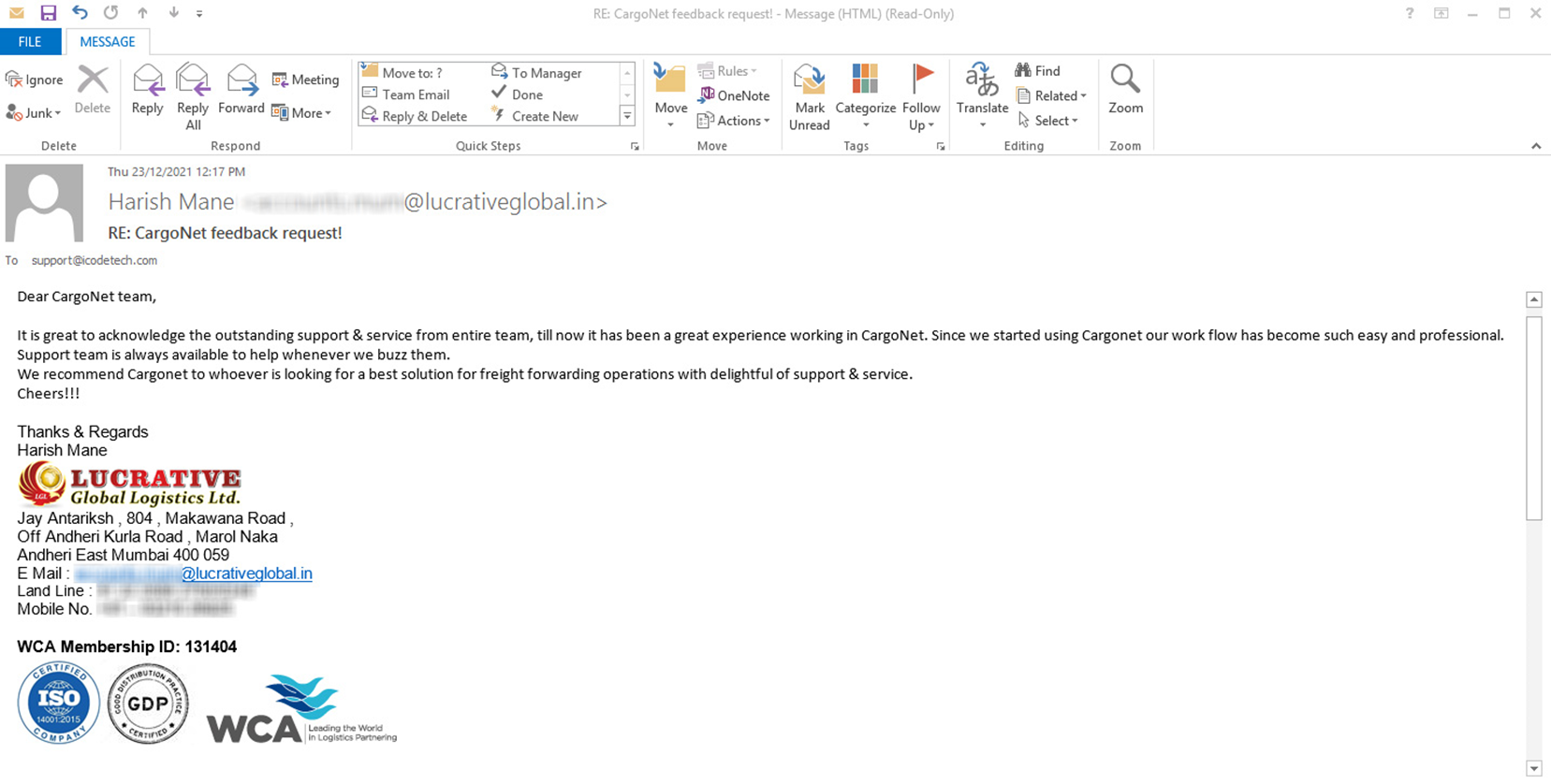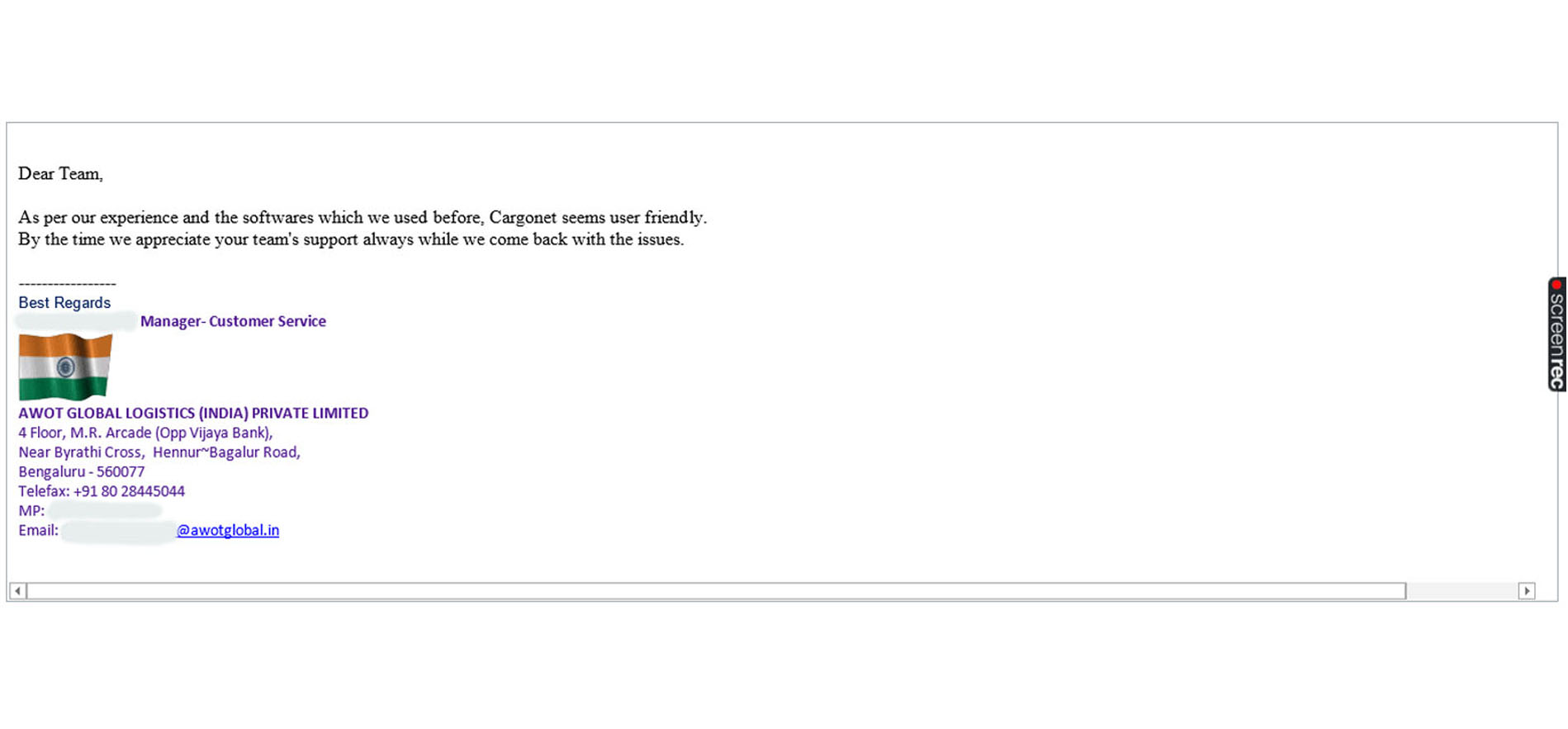To improve customer experience, companies must deliver what they promise. But customer expectations have changed.
In the old days, customers expected to get what they ordered when they ordered it. Now customers expect to get what they order when they need it. The supply chain is now primarily about delivering experiences, or improving them, and as experience becomes mission critical, companies will increasingly turn to technology to improve the customer experience.
Technology is also beginning to allow companies to measure, understand, and act on customer experience in real time. From improving order accuracy, to reducing returns and chargebacks, to improving availability of products, to reducing fraud losses, technology is becoming a critical tool for transforming the supply chain into customer experience delivery systems.
Technology advancements such as cloud computing, social media, big data analytics, and mobility have opened up new avenues for supply chain and logistics managers. However, many supply chain managers still face challenges such as identifying and mitigating disruptions in the supply chain, improving customer service delivery and optimizing resources utilization. In order to meet these challenges, supply chain managers must understand and leverage the new technologies available today.
